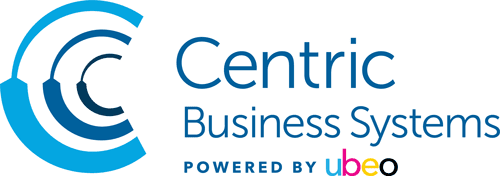Streamlining Workflows During COVID-19 – and in the Future
The impacts on workflow that organizations of every size have felt during the COVID-19 pandemic cannot be overstated. This extraordinary time has forced firms to increase their reliance on remote workers and change workflows in response to stay-at-home restrictions. Some organizations have had to make difficult decisions regarding reductions in workforce as they navigate through the storm the health emergency has created. That has put additional stress on the remaining workforce, whether at home or still in the office, to accurately and efficiently complete the workflows required to sustain the organization during the crisis and prepare for business recovery. A comprehensive workflow analysis can uncover gaps created by the recent events, whether from reduced staffing, remote workers, or a combination of both. It can then help determine the steps needed to improve workflow efficiencies that will benefit a firm in the current business environment and ensure those improvements are continued when business returns to normal.
All workflow analysis needs to begin with understanding the flow of information into and within an organization. Knowing who receives the information, what they do with it, what actions are taken when the information is received, and the time those steps take will provide a map to the information processing points that may be ripe for improvement. Those processing points may have migrated outside the confines of the office given the need to have employees work remotely, so an analysis of how that has affected business processes within accounts payable and accounts receivable is critical. Disciplined cash management and effective cash flow can help an organization get through the current crisis and be ready for whatever comes next – whether it’s a quick return to business as usual or a slow recovery.
The next step in a workflow analysis is to review the existing tools used to carry out the workflows. This includes all devices and software used to move the workflow forward. What was efficient when workers were in the office may not provide the same efficiency when those employees handle the workflow from remote locations. In some cases, managers may find themselves working with teams remotely and creating ad hoc solutions to workflow problems using current tools. This type of innovation needs to be captured and quickly analyzed to find out if those solutions are sound. If so, they may be refined and replicated across other processes; otherwise, a slight change in the tools being used may improve the solution, or a different solution entirely may be needed. A workflow analysis provided by a professional solutions provider that understands workflows and how technology solutions can be integrated to gain the most benefits can help tweak what an organization is using or guide it to a better solution.
Once business owners and managers understand a workflow and the way it is being managed to completion, recommendations can be made to ensure:
- Proper steps are being followed to control the way documents and information are moved through the firm.
- Automated processes in place before the COVID-19 situation are optimized for remote employee access and use; if they are not (or do not exist,) then recommendations for appropriate process automation can be made.
- Appropriate technology, including both hardware and software technologies, is being used to minimize costs and maximize efficiencies.
- Security solutions and workflow governance rules are in place and can be easily practiced by employees using automated workflow technologies to make sure sensitive information is secure and that regulatory compliance is not compromised.
A workflow analysis and resulting recommendations from a professional solutions provider such as Centric Business Systems can make sure the goals of an organization are met during a unique crisis such as the COVID-19 situation, as well as when the emergency subsides. Working with a solutions provider that provides the analysis, recommendations and tools that work best now, and one that understands continuous evaluation of workflows after work returns to normal can ensure that a firm continuously optimizes its performance, reduces risk, and gains the best return on investment in accuracy and efficiency of the work that flows through it.
